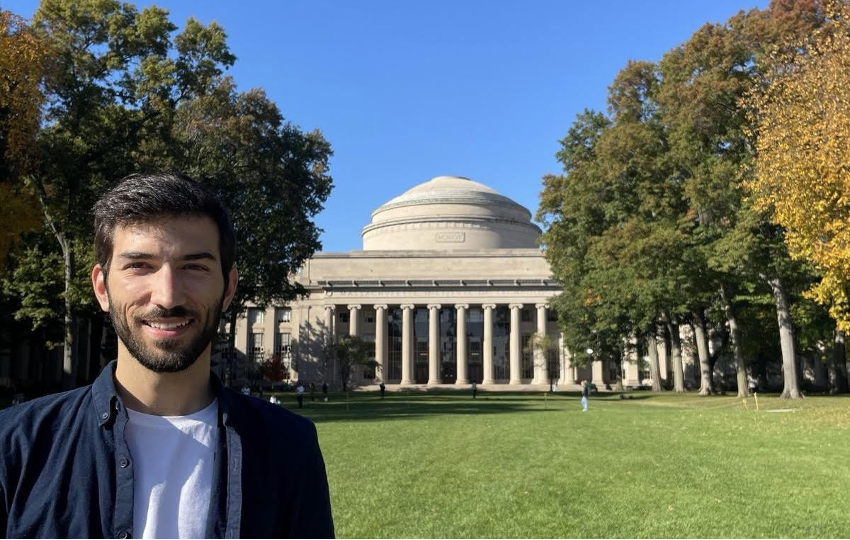André Augusto (IST/INESC-ID, PhD student) visited the MIT Media Lab between September 28th and October 26th . During the research visit, André collaborated with Thomas Hardjono on security of blockchain interoperability mechanisms.
– You are an early stage researcher at INESC-ID and Ph.D. student at IST. Can you provide us with an overview of your current research work and its connection with the BIG project main research areas?
I am an early-stage researcher at INESC-ID and a Ph.D. student at IST, focusing on the security of blockchain interoperability mechanisms. My research aims to develop frameworks and tools that enhance the safety of cross-chain protocols, addressing critical challenges in the area. This aligns closely with the BIG project’s main research areas, particularly in its mission of leveraging DLTs to enable trusted, user-centric digital services and fostering decentralized innovation across various application domains.
– While at MIT you were hosted in the MIT Media Lab and worked with Thomas Hardjono. Can you briefly explain what were the main objectives that you set out before departing and research outcomes of your time at MIT?
The main goal of this exchange was to facilitate collaborative efforts between INESC-ID, Instituto Superior Técnico, and MIT, to propel innovation in blockchain technology. The involvement of INESC-ID and Instituto Superior Técnico in the BLOCKCHAIN.PT agenda underscores the commitment to decentralizing infrastructure in Portugal, a cornerstone of the RRP (Recovery and Resilience Plan — Plano de Recuperação e Resiliência in Portuguese) plan’s vision for technological advancement. At the heart of this exchange lies the shared commitment to promote advancements in the standardization of blockchain interoperability mechanisms. Interoperability mechanisms can and should be utilized to facilitate interoperability between any networks enabling a wide range of use cases that promote social good, aligning with the core goals of BIG. The Secure Asset Transfer Protocol (SATP) has been worked on at the Internet Engineering Task Force since 2020 and represents one of the efforts to standardize communication across different blockchains. In this area, both INESC-ID and MIT have dedicated significant efforts over the past years. In this period, these joint efforts have produced multiple world-class scientific results in the form of academic papers and proofs of concept. By facilitating knowledge exchange and collaborative research initiatives, this exchange project aimed to push the boundaries of blockchain innovation, exploring new applications, use cases, and technological advancements under the scope of the SATP.
– Was this research visit important for the strengthening of your research network, namely, do you expect to continue your collaboration with MIT? If yes, what are the near future collaborations you foresee ?Yes, definitely. This research visit was instrumental in strengthening my research network. We will continue our collaboration in the area of blockchain interoperability mechanisms, with a specific focus on the SATP working group. This collaboration is now entering a new phase, with a new draft currently under development. Shortly, we can involve new MSc students in this effort, fostering their contributions and further advancing the collaboration. Surprisingly, Thomas is attending the Lisbon Blockchain Winter School 2025 (February 10th – 14th 2025), organized by BIG.
